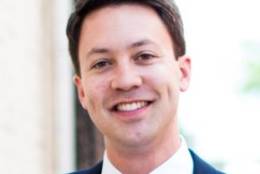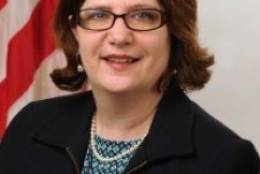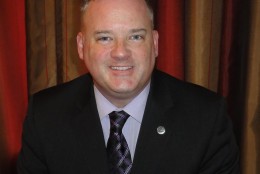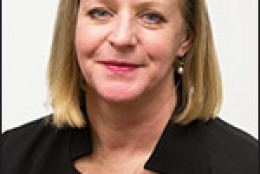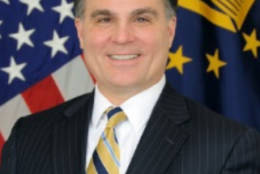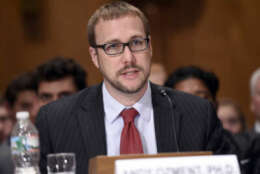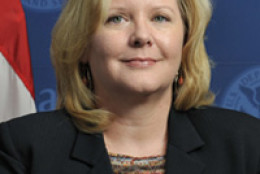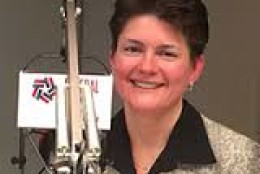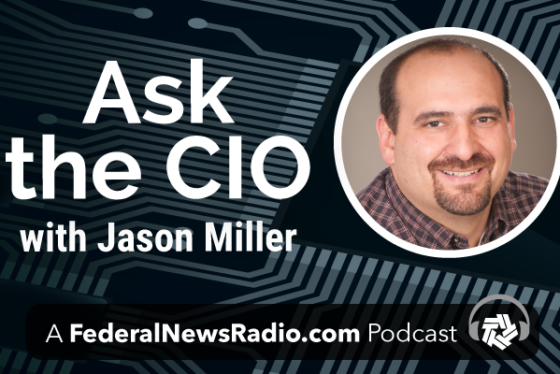CIO News
-
Trevor Rudolph is leaving the White House after spending the last four-plus years as the chief of OMB’s Cyber and National Security Unit. IT executives at the GPO and SEC also are on the move.
November 07, 2016 -
Beth Killoran, the Department of Health and Human Services chief information officer, said a new agencywide IT strategic plan will make it easier for agency components to head in the same direction over the next few years.
November 04, 2016 -
The Office of Management and Budget launched Code.gov, a repository of open source code that can pull from and use on their own. It's part of the administration's Federal Source Code Policy, which OMB released this summer. Yet some federal CIOs said the push for open source has the opportunity to go even one step further.
November 04, 2016 -
David Bray, the Federal Communications Commission’s chief information officer, said cutting edge technology from the Internet of things to artificial intelligence is giving agencies an opportunity to rethink how they serve their customers and therefore what it means to work in the public sector.
October 26, 2016 -
When ISC², a non-profit focused on cybersecurity education and certification, conducted a survey of chief information security officers for federal agencies, it found three major concerns that permeated the results.
October 25, 2016 -
Three experts develop 12 recommendations based on interviews with CIOs and senior IT managers to measure all seven facets of the Federal IT Acquisition Reform Act.
October 24, 2016 -
Tonya Ugoretz, the director of the Cyber Threat Intelligence Integration Center, said the CTIIC focused on maturing its three lines of business over the last year and now is ready to expand its efforts.
October 20, 2016 -
Adelle Rydman, director of federal business for Zenoss, makes the case for agencies to do more to make sure their networks are running as efficiently and effectively as possible.
October 18, 2016 -
Dawn Leaf, the former chief information officer of the Labor Department who retired on Sept. 30, said the agency is working toward a more centralized and consolidated technology oversight and management structure.
October 14, 2016 -
John Zangardi will take over for David DeVries as DoD's principal deputy CIO as the Pentagon makes major IT shifts.
October 13, 2016 -
David Bray, the Federal Communications Commission’s chief information officer, said the agency has moved toward the concept of IT as a shared responsibility across all senior executives and that has helped it reduce spending on old technology.
October 11, 2016 -
The JRSS effort will eventually consolidate about 125 separate points of Army cyber defense into 25 shared, regional centers to protect both classified and unclassified networks.
October 06, 2016 -
Phyllis Schneck, the deputy undersecretary for cybersecurity and communications in the National Protection and Programs Directorate, said the agency is pulling data from multiple sources to more quickly recognize potential and real cyber threats. Then DHS is rating those threats on a scale help agencies decide how quickly they need to take action.
October 06, 2016 -
The 26th annual survey CIOs by Grant Thornton and the Professional Services Council found cloud computing moved into the top five priorities, but several obstacles still remain.
September 29, 2016 -
Maria Roat is leaving after two years as chief technology officer at the Transportation Department.
September 27, 2016

